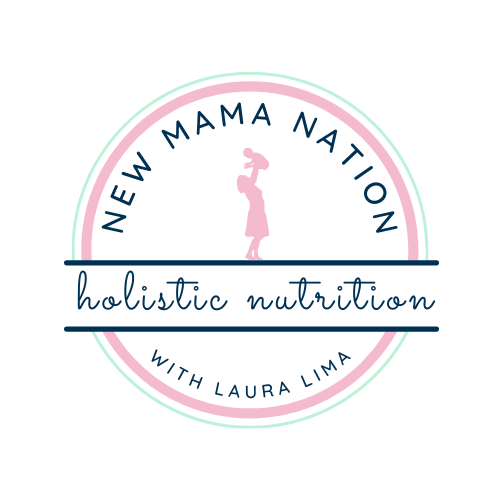As the weather gets colder and the air drier, our skin has little choice but to dry out, shrivel up, and get rashy.
Or does it?
Certainly if we don’t take care of it, there is a good chance we will wind up with this rashy result. But, who wants that? Pas moi, merci.
Many people come to me asking for advice on the best natural cream out there that will make their skin look and feel fantastic. While there are products that can help in this regard, no skin discussion is complete without talking about what we feed (and don’t feed) our bodies on the inside. There are many things we can do to hydrate and heal our skin, both inside and out.
Let’s first talk inside, because that’s where it all begins.
The most important factor to begin with is ensuring our water intake is, well, happening. Our bodies NEED water. If you don’t believe me, or want to learn more about the benefits of water, read the book “Your Body’s Many Cries for Water” by Dr. Batmanghelidj (fondly known, at least by me, as Dr. Batman), or check out his website. Water hydrates our bodies from the inside out, and allows our organs to carry out their functions properly. It also brings nutrients to our cells while carrying wastes and toxins away, so they can be removed from our body.
Just how much water is necessary daily? A good amount to start with is 8 cups, and go up from there based on body size as well as activity level (the more you sweat out, the more you need to put back in). Investing in a glass or stainless steel water bottle is an excellent idea; having your water with you at all times will get you drinking more, without you even realizing it. Bring it with you to work, to the grocery store, on long walks, in the car… even out for tea with friends. Always have it on hand, because you never know when thirst will strike.
If you’re someone who doesn’t often feel thirsty, you’ll notice that that usually changes once you incorporate more into your life. Also, the sensation of thirst often occurs only once you’ve been dehydrated for a while already, so don’t wait for that signal. Keep drinking… your body loves it and needs it.
The other most crucial skin-supporting factor is eating lots of fat. Yup, you heard me. Fat gives skin the oils it needs to stay hydrated and protected. It also has many other health benefits for different areas of the body (including but not limited to: brain, joints, nervous system, eyes, and heart). Pretty darn essential, I would say.
Since we’re just focusing on skin today, let’s go over some of the benefits that eating fat gives us in this area. It hydrates, softens, and heals skin from the inside out. Because of its hydrating effect (i.e., providing moisture and preventing dehydration), it can help to smooth and reduce the appearance of wrinkles. And, certain types of fat also decrease inflammation, which is great for preventing and/or helping to get rid of conditions like eczema and dermatitis.
Some examples of fat sources that we should be consuming regularly include olive oil, flax oil, fish and fish oil, coconut oil, butter, eggs, nuts, seeds, nut and seed butters, and avocados. Excluding fish oil (which is a supplement), these are all foods, so include them in your diet whenever and wherever you can. Don’t worry about amounts; we need these fats to survive, both the saturated and unsaturated ones. Eat ‘em up!
Other skin-boosting foods include vegetables (especially greens), fruits, and protein sources. Our skin, just like our hair and nails, is made up primarily of keratin, which is essentially formed from amino acids… the very building blocks of protein. Good sources include eggs, meat, fish, quinoa, brown rice, legumes, nuts, and seeds.
Of course, what is a healthy skin discussion without mention of the bad guys? Sorry, but they must be brought to light. We should try our best to stay away from foods and substances that dehydrate and devitalize our skin. These include caffeine, alcohol, and sugar. Dairy and wheat deserve an honourable mention, too, because they can be a major causative factor behind skin conditions like, for example, acne and eczema. So, avoid these as best you can, while including the goodies mentioned above.
Now, let’s talk about those lotions and potions that can help to give our skin that nice glow, and further heal up any conditions.
For an all-over body moisturizing treatment, I love using coconut oil. Yes, this is the same stuff that you would cook with or put in your smoothie. I actually have one jar in the kitchen and another on the bathroom counter. I don’t use it on my skin every day, but I do love it during those extra wintery (read: cold and dry) times. You only need to use a small amount, and it will go a long way. You’ll notice that it’s solid at room temperature, but as soon as you start massaging it into your skin, it will melt and spread quite nicely.
For my face and neck, I love using rosehip oil after I cleanse my skin at night. It’s super hydrating, healing, and soothing. As far as an extra healer for those conditions like acne, dermatitis, rashes of any kind, or even cuts and scrapes, I rely on calendula. It’s available in a cream form or ointment, and I prefer the ointment. Finally, a skincare line that works really well for extra dry skin is the Green Beaver Boreal line. It’s awesomely natural, effective, and made locally to boot.
Now that you’re armed with the knowledge on how to keep your skin its healthiest this season, I encourage you to try any or all of the above mentioned strategies. Your feedback is welcomed and appreciated; leave a comment below with your thoughts, and also any additional advice you may have for others.
To you, I say thank you (for reading this), and to your skin, I say you’re welcome. 🙂

